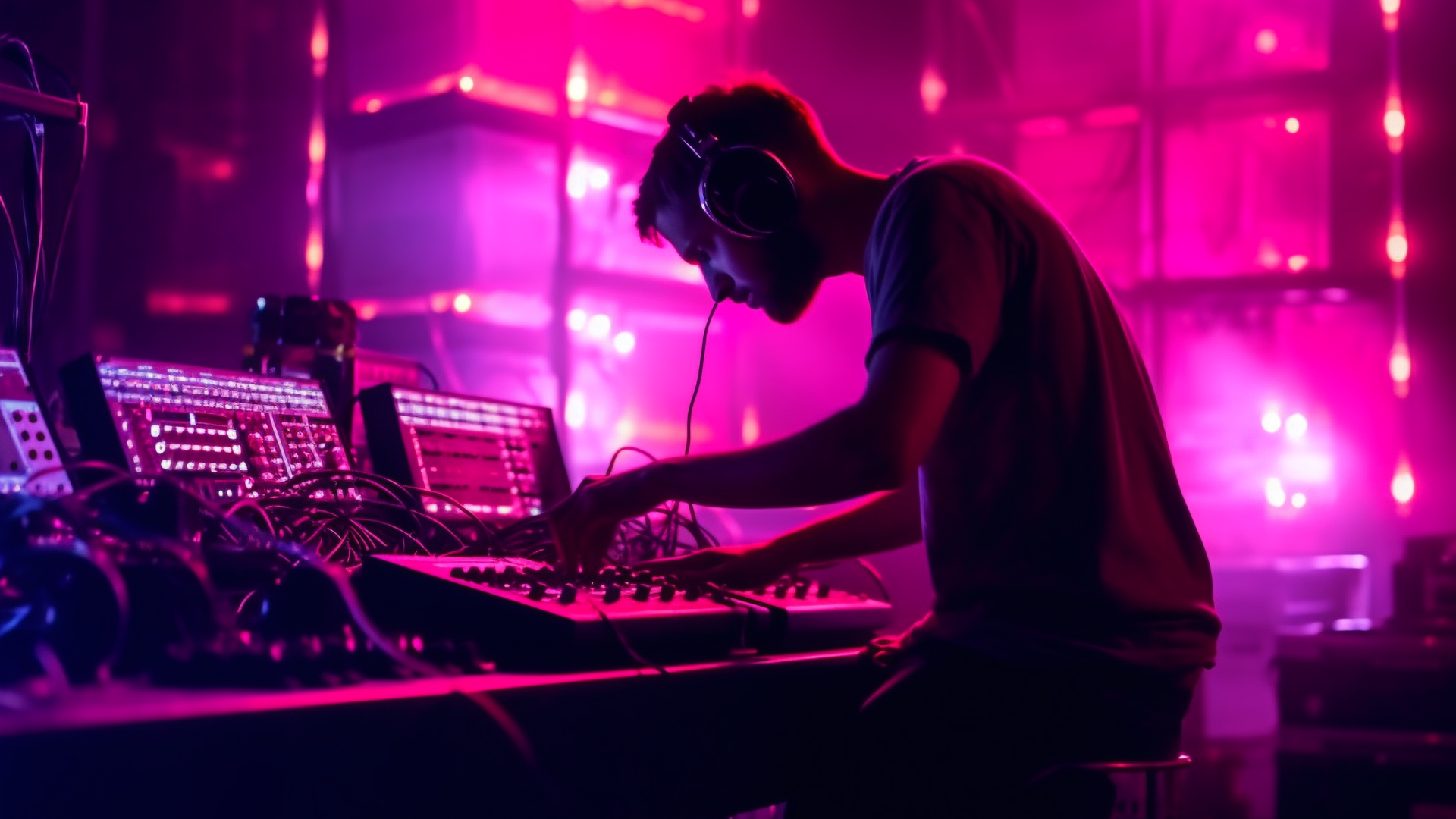Are you ready to take your DJing skills to the next level? Whether you’re a budding DJ looking to start small or a party enthusiast eager to crank up the beats, having your own DJ speaker system can make all the difference. But setting up a speaker system can be daunting for beginners. Fear not! In this step-by-step guide, we’ll walk you through the process of setting up your own DJ speaker system, complete with tips on placement and calibration to ensure you get the best sound possible.
Step 1: Assess Your Space
Before diving into the setup process, take some time to assess the space where you’ll be setting up your DJ speaker system. Consider factors such as room size, layout, and any potential acoustic challenges. Ideally, you’ll want a space with good ventilation and minimal obstructions to allow for optimal sound dispersion.
Step 2: Choose Your Speakers
Selecting the right speakers is crucial to achieving the sound quality you desire. For beginners, powered speakers (also known as active speakers) are often the best choice as they come with built-in amplifiers, eliminating the need for additional equipment. Consider factors such as power output, frequency response, and portability when choosing your speakers.
Step 3: Determine Speaker Placement
Placement plays a significant role in the overall sound quality of your DJ speaker system. Aim for a setup that provides even coverage throughout the space while minimizing potential acoustic issues such as reflections and standing waves. Follow these general guidelines for speaker placement:
Position your speakers at ear level for optimal listening.
Place speakers at an equal distance from the listener to maintain balance.
Angle speakers slightly inward to create a “sweet spot” for optimal sound.
Keep speakers away from walls and corners to reduce bass buildup and muddiness.
Step 4: Connect Your Equipment
Once you’ve chosen your speakers and determined their placement, it’s time to connect your equipment. Start by connecting your DJ mixer or controller to your speakers using the appropriate cables (e.g., XLR, RCA, or TRS cables). Ensure that all connections are secure and properly routed to avoid signal interference or audio dropout.
Step 5: Calibrate Your System
Calibrating your DJ speaker system is essential for achieving optimal sound quality and preventing distortion or feedback. Start by setting the volume levels on your mixer or controller to a comfortable listening level. Then, use the EQ controls on your speakers or mixer to adjust the bass, midrange, and treble frequencies to your preference.
Step 6: Test and Fine-Tune
Once your DJ speaker system is set up and calibrated, it’s time to put it to the test! Play a variety of tracks to assess the sound quality and make any necessary adjustments to fine-tune your system. Pay attention to factors such as clarity, balance, and stereo imaging to ensure that your DJ speaker system is performing at its best.
Step 7: Enjoy the Music!
Congratulations! You’ve successfully set up your own DJ speaker system. Now it’s time to sit back, relax, and enjoy the music. Whether you’re spinning tunes at a party or practicing your DJ skills at home, your carefully calibrated speaker system will ensure that every beat is heard loud and clear.
In conclusion, setting up a DJ speaker system may seem intimidating at first, but with the right guidance and know-how, it’s entirely achievable for beginners. By following these step-by-step instructions and tips on placement and calibration, you’ll be well on your way to creating the ultimate sound experience for your next DJ gig or party. So crank up the volume and let the music take you on a journey you won’t soon forget!











